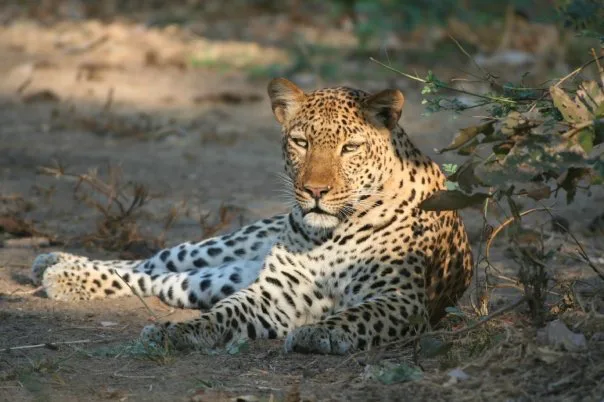By Salima Mvula
Zambia, a country blessed with abundant natural beauty, is home to an incredible variety of wildlife. Iconic species such as elephants, lions, leopards, and the endemic kafue lechwe are integral to the country’s biodiversity. Beyond their ecological roles, these animals are deeply woven into Zambia’s cultural fabric, reflecting the profound connection between its people and nature. This cultural and environmental bond embodies the urgent need for collective efforts to protect Zambia’s wildlife from the growing threats it faces.
Wildlife in Zambia is more than just a natural resource; it is a cornerstone of cultural traditions and practices. According to Induna Luyangu-Lishandu Maswabi, Panthera’s Saving Spots Project Coordinator in Western province, wildlife is an intrinsic part of human life and culture in Zambia. “The effect of wildlife is subjected to the discipline constituted in cultural norms forming part of our traditions,” he notes.
For instance, in Western Zambia, the Kuomboka traditional ceremony is a key cultural event of the Lozi people. The Barotse Royal Establishment – the administration of the Kingdom of Barotseland headed by His Majesty the Litunga, who is the traditional leader of the communities of western Zambia, reflects the desire to bridge the harmonious coexistence of people and wildlife. Their authority teaches communities to respect wildlife, even when animals encroach on human settlements. This cultural discipline is a testament to the long-standing recognition of wildlife as partners in life, emphasising their importance in maintaining the natural balance.
Wildlife also contributes to Zambia’s identity as a top tourism destination, showcasing the majestic interplay of animals and their natural habitats. This “beautiful curtain” of biodiversity, as Maswabi describes it, not only attracts global visitors but also fuels economic growth and supports local livelihoods.
However, despite its cultural and ecological significance, Zambia’s wildlife is under threat. The illegal hunting and poaching of animals have put species such as elephants, antelope, and buffalo at risk, particularly in critical areas like the Kafue National Park and the Luangwa Valley. Human-wildlife conflicts in the North Luangwa National Park further exacerbate the situation, while illegal fishing and hunting threaten the biodiversity of the Bangweulu Wetlands.
These challenges are not only ecological but also socio-economic. Illegal wildlife trade (IWT) undermines community livelihoods, fuels corruption, and perpetuates social injustices. Vulnerable and marginalised communities often bear the brunt of these crimes, facing displacement, loss of income, and environmental degradation.
Organisations like Wildlife Crime Prevention (WCP) have taken significant steps to combat these threats. Working in partnership with the Department of National Parks and Wildlife (DNPW), WCP focuses on strengthening law enforcement through initiatives such as expanding Rapid Deployment Teams and enhancing the capacity of Intelligence and Investigation Units (IIUs). These efforts curb poaching, protect habitats, and promote sustainable resource use.
Wildlife law enforcement plays a vital role in safeguarding animals and local communities. By preventing illegal activities, these actions help preserve natural resources like forests, wildlife, and fish stocks, ensuring economic opportunities for future generations. Furthermore, enforcing wildlife laws promotes accountability and transparency, combats corruption, and supports marginalised groups’ rights.
Mr Maswabi explains that wildlife in Zambia should be seen as partners in life, integral to the environment and cultural heritage. The depletion of animal populations disrupts the delicate natural balance and diminishes a key element of Zambia’s identity.
He further emphasises that “taking the life of an animal is something that should be a source of worry as it will lead to depletion of the natural arrangement in which God created the earth.” Preserving wildlife requires a collective effort and a commitment from individuals, communities, and institutions to protect this invaluable resource.
As we embark on the journey towards achieving conservation in 2025 and beyond, Zambia’s wildlife must remain a priority, not just for its ecological importance but for the cultural richness it represents. Ultimately, the call to action is clear: preserving wildlife is not a choice but a necessity, essential for maintaining the natural balance of the environment, sustaining livelihoods, and honouring Zambia’s cultural legacy. By uniting traditional knowledge, respect, discipline, and dedicated conservation efforts, Zambia can stand as a beacon of hope for wildlife conservation.


0 Comments